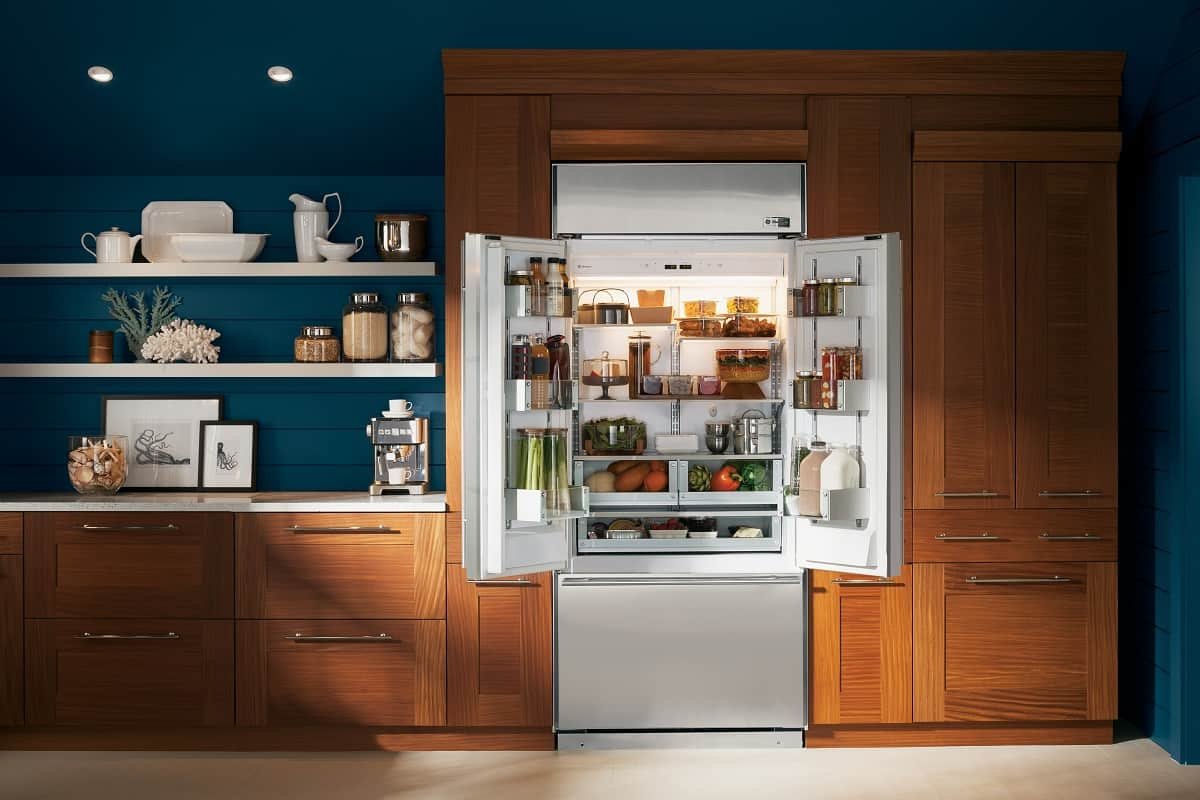Every home chef knows the importance of having the right tools in the kitchen. One of the most essential tools? Your cookware! With the myriad of choices out there, deciding on the different types of cookware materials can be a tad overwhelming. Let’s dive into the world of pots and pans and find out which material is best for cooking your favorite dishes.
Exploring Different Types of Cookware Materials
Before you make a purchase, it’s essential to understand the variety of options available to you. Each material offers its unique benefits and drawbacks.
Aluminum
Aluminum cookware is a popular choice due to its lightweight nature and affordability. Its ability to conduct heat quickly means that your food cooks evenly, reducing the risk of burning.
- What it is: A lightweight, silvery-white metal.
- Made of: Pure aluminum or sometimes mixed with other metals to form alloys for increased strength.
- Pros: Excellent heat conductor, lightweight, affordable.
- Cons: Tends to warp over time, reactive with acidic or alkaline foods, can scratch or dent easily.
- Best for: Quick-cooking dishes like sautés and stir-fries.

Ceramic
Ceramic cookware, with its stylish aesthetic, is not just about looks. It’s known for its heat retention, making it a favorite for dishes that require slow and consistent heating.
- What it is: Cookware made of clay and hardened through a heating process.
- Made of: Clay, water, and various minerals.
- Pros: Non-reactive, even heat distribution, versatile for oven and stove-top use.
- Cons: Can chip or crack if not handled with care, not ideal for high-temperature cooking.
- Best for: Baking, roasting, and slow-cooked casseroles.
Nonstick
Every kitchen boasts at least one nonstick pan, revered for its convenience, especially for beginners. These pans require less oil, making them a healthier option for many.
- What it is: Cookware coated with materials preventing food adherence.
- Made of: Typically aluminum base coated with polytetrafluoroethylene (PTFE) or ceramic coatings.
- Pros: Easy food release, easy to clean, requires less oil.
- Cons: Can wear out over time, potential health concerns if overheated, not suitable for high-heat cooking.
- Best for: Delicate foods like eggs, pancakes, and fish.
Cast Iron
Steeped in tradition, cast iron pans are beloved by many for their unparalleled heat retention and durability. While they can potentially damage glass cooktop surfaces, when seasoned properly, they offer a natural nonstick surface.
- What it is: Heavy-duty, rugged cookware.
- Made of: Iron alloy.
- Pros: Excellent heat retention, long-lasting, naturally nonstick when seasoned.
- Cons: Heavy, requires regular seasoning, can rust if not properly cared for.
- Best for: Seared meats, deep frying, and baking.

Enameled Cast Iron
Offering the benefits of cast iron without the need for seasoning, enameled variants bring a splash of color to the kitchen while ensuring versatile cooking.
- What it is: Cast iron coated with a layer of enamel.
- Made of: Iron base with a vitreous enamel glaze.
- Pros: Doesn’t require seasoning, non-reactive, versatile cooking options.
- Cons: Heavier than other materials, can chip if dropped.
- Best for: Braising, stewing, and oven bakes.
Stainless Steel
A mainstay in professional kitchens, stainless steel is celebrated for its durability and non-reactive nature, making it ideal for various dishes.
- What it is: A shiny, durable metal alloy.
- Made of: Iron, carbon, and at least 10.5% chromium content.
- Pros: Durable, non-reactive, retains shine, often has layered construction for even heating.
- Cons: Poor heat conductor unless bonded with another metal, can develop discoloration if exposed to high heat.
- Best for: Browning, searing, and deglazing.
Carbon Steel
Resembling its cast iron cousin but lighter and quicker to heat, carbon steel is a darling among chefs for its rapid response to temperature changes.
- What it is: Lightweight and smooth surfaced cookware.
- Made of: Iron and a small percentage of carbon.
- Pros: Heats up quickly, lightweight, suitable for high-heat cooking.
- Cons: Requires seasoning, can rust without proper care.
- Best for: Stir-fries, omelets, and searing.
Copper
Renowned for its exquisite appearance and superior heat conductivity, copper pans are a luxury in the kitchen, often lined with other metals for enhanced performance.
- What it is: A high-end, reddish-brown metal cookware.
- Made of: Copper, often lined with tin or stainless steel.
- Pros: Excellent heat conductor, cools down quickly, offers precise temperature control.
- Cons: Reactive with certain foods, requires regular polishing, expensive, not dishwasher safe.
- Best for: Sauces, chocolate melting, and other precise temperature cooking.

Glass
Transparent and stylish, glass cookware is a must-have for oven bakes. Its see-through nature allows for easy monitoring of your dishes.
- What it is: Clear, sturdy cookware.
- Made of: Tempered glass.
- Pros: Non-reactive, oven-safe, microwave-safe.
- Cons: Not suitable for stove tops, can shatter with sudden temperature changes.
- Best for: Baking, roasting, and microwaving.
In determining the healthiest material for cookware, many favor stainless steel or enameled cast iron. But, the question of what type of cookware is best hinges on your specific needs. If rapid heating is your priority, copper is unmatched. Pondering what cookware do most chefs prefer? The versatility and durability of stainless steel often win. And for ease, nonstick pans are hands down the easiest cookware to maintain.
Knowing the pros and cons of different types of cookware materials should help you take your cooking game to the next level. And remember, for any stove or range mishaps, Ortega’s Appliance Service is your go-to for professional cooking appliance repairs.




